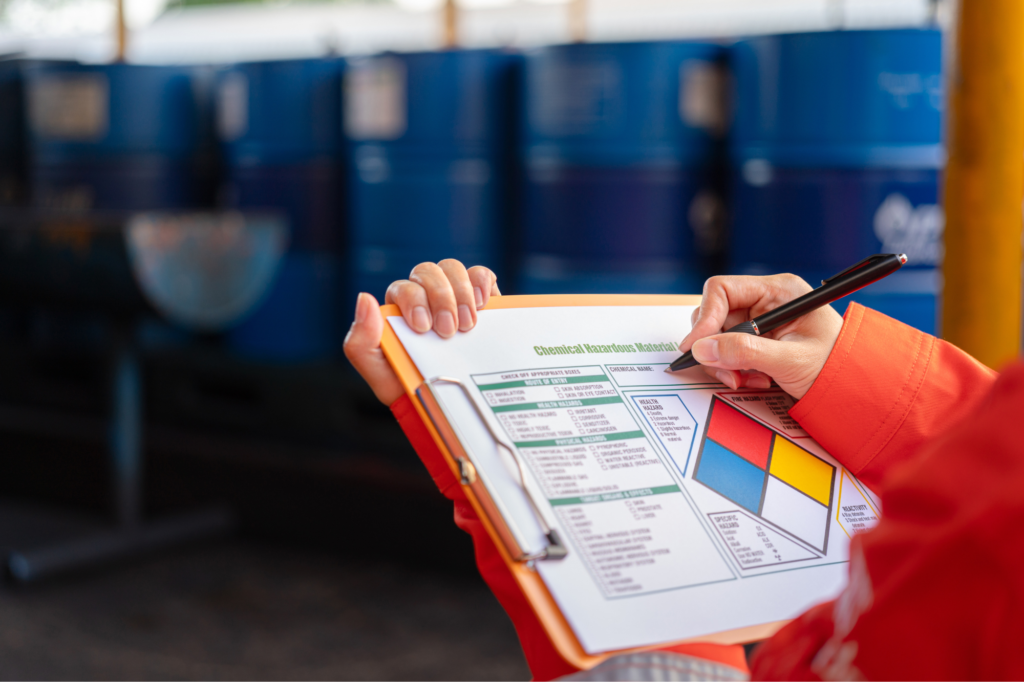
Hazardous energy controls best practices
With many plants powering down for a few weeks over the summer, workers need to remember that simply shutting down equipment doesn’t make it safe.
Failing to properly use hazardous energy controls costs lives. That human cost became all too real for one Massachusetts seafood company when one of its workers was killed while cleaning a shellfish-shucking machine.
The 35-year-old man became entangled in a rotary turbine engine. The Occupational Safety and Health Administration (OSHA) ruled his death could have been prevented if the company, Sea Watch, had used proper lockout safety procedures to ensure the equipment wouldn’t accidentally restart while it was being cleaned.
While lockout devices physically isolate hazardous energy by holding equipment in a safe or “off” position, lockout tags that warn employees of the dangers are easier to remove.
OSHA’s standards, including OSHA 29 Code of Federal Regulations (CFR), outline the specific steps employers must take to prevent accidents associated with the harmful release of energy.
But what can your company do to ensure all your employees are following these standards, especially when most of the regulars have left for a 2-week summer shutdown?
Here are five best practices for controlling hazardous energy.
Have a plan in place
All businesses should have a written hazardous energy control plan that includes a lockout/tagout program, training, and inspections. According to the National Institute for Occupational Safety and Health (NIOSH), the plan should address the following:
- Use of locks to ensure electrical sources remain disconnected;
- Disconnect locations for each electrical source;
- Procedures for bleeding, blocking, and verifying that stored energy, such as air pressure, is safe; and
- Proper procedures for labeling each lock with a durable tag that identifies the worker assigned to a lock that’s used to secure hazardous energy controls.
If you already have a plan in place, make sure it’s being updated regularly to account for any changes. Maintaining this plan in a digital format along with other key safety policies and procedures allows you to easily keep track of changes and share them with all employees.
Train all employees on lockout/tagout procedures
Maintenance workers aren’t the only ones who need to be aware of the dangers of hazardous energy. Anyone working on the production floor should have a clear understanding of how to use lockout/tagout procedures and when they apply. To be sure all workers who need this training have completed it, use a safety training management software that allows you to create work groups and maintain digital records of all employees who are trained.
Training must be in workers’ primary language to be most effective, so be aware of the individual needs of each employee.
Verify all equipment is de-energized
Before beginning any maintenance work, employees should follow NIOSH guidelines, including:
- Disconnecting or shutting down engines and motors.
- De-energizing electrical circuits.
- Blocking fluid flow in hydraulic or pneumatic systems.
- Locking out and tagging out all forms of energy, including breaker panels and control valves.
- Blocking or dissipating any stored energy. That includes discharging capacitors, releasing or blocking compressed springs, and venting fluids from pressure vessels or tanks.
- Designate a supervisor to check this work to be sure all hazards have been eliminated. Always use peer checking as a second line of defense.
Clearly label devices
All energy isolation devices, such as breaker panels and control valves, should be properly labeled so employees can easily find them. When lockout/tagout devices have been removed for a particular machine, make sure all employees who work with that machine are aware of the removals before the machine is restarted.
Inspect frequently
Each time repair work is completed, be sure you have someone to inspect and sign off on the work before restarting the equipment. Audits should include a check of lockout/tagout procedures, tags, and labeling. Using auditing tools as part of an integrated safety database makes this easier. Your lockout/tagout and auditing programs should also be linked to programs for job safety analyses and action tracking.
Protecting workers from the dangers of hazardous energy comes down to the fundamentals of training and effective communication. Using a comprehensive environment, health, and safety (EHS) management solution like EHS Hero® makes it easier to manage training and records related to your lockout/tagout program.
EHS Hero’s lockout/tagout tool is cross-functional and convenient, allowing you to create lockout/tagout procedures that meet your unique needs, keep them organized, and make them accessible on any device. This way, you can feel confident that your employees have the information they need to stay safe, and your organization has the tools to achieve compliance. The module reminds safety managers when audits are due or when changes are required to keep up with OSHA regulations.
To learn more about our lockout/tagout program features, take a video tour.



